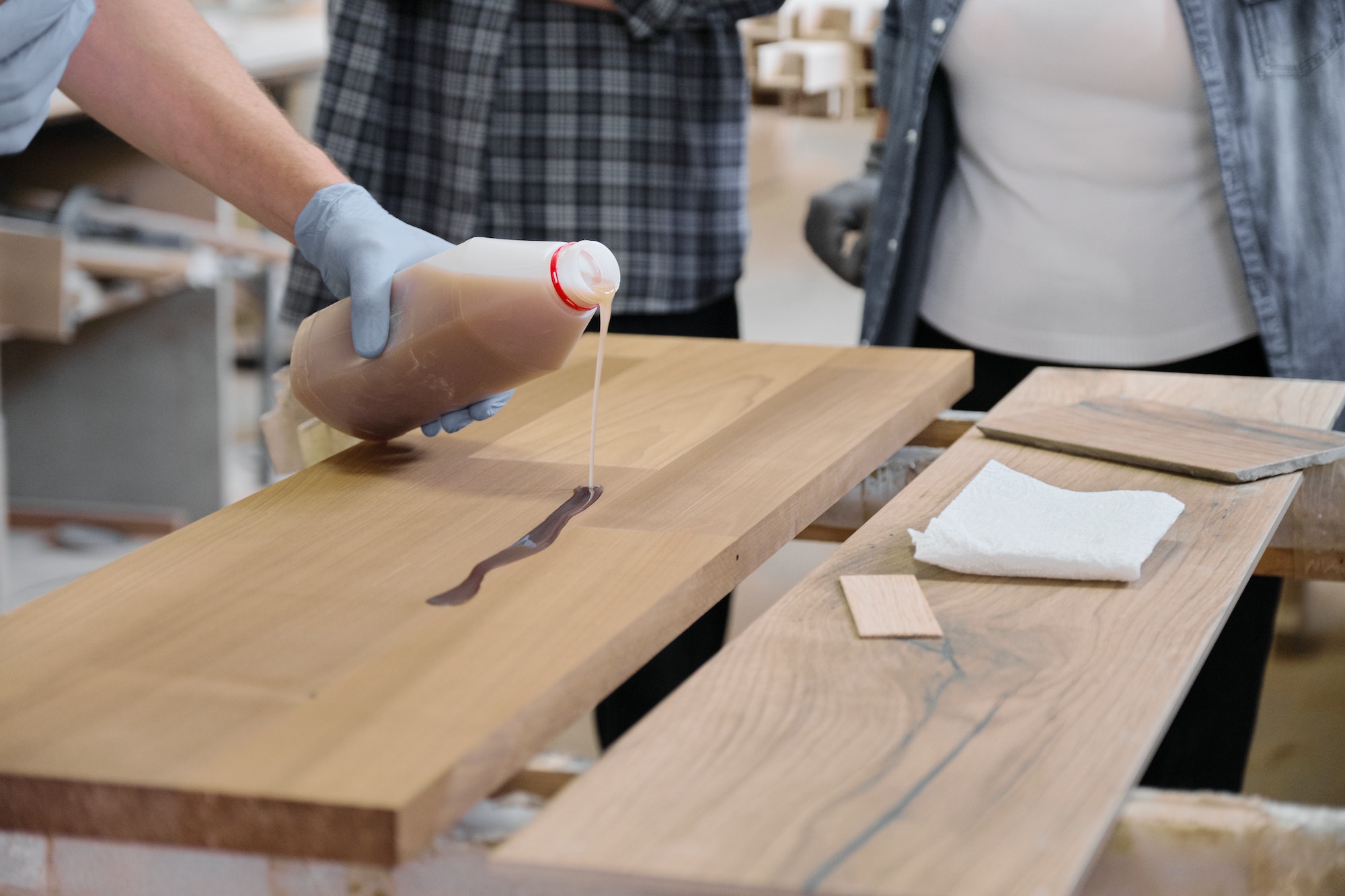Woodworking projects require not only skill but also an understanding of the materials and finishes that will be used. This article will discuss the three main types of finishes: paint, stain, and clear coat, as well as provide tips for successful woodworking projects.
Paint
Paint is a popular choice for finishing woodworking projects because it provides a protective layer and can be easily customized to match any color scheme. It is ideal for projects that will be exposed to moisture or high levels of wear and tear, such as outdoor furniture or children’s toys. When selecting paint for your project, consider the following:
- Choose a high-quality paint that is specifically designed for wood surfaces.
- Consider the type of wood you are working with; some woods may require a primer before painting.
- Apply multiple thin coats, allowing each one to dry completely before applying the next.
- Use a brush or foam roller for smooth application and even coverage.
Stain
Staining is another popular option for finishing woodworking projects, as it enhances the natural beauty of the wood grain while providing a protective layer. Staining works best on projects made from hardwoods like oak, cherry, or walnut. Here are some tips for successful staining:
- Choose a stain that complements the natural color of your wood.
- Test the stain on a scrap piece of wood before applying it to your project.
- Apply the stain with a brush or rag, working in the direction of the wood grain.
- Wipe off excess stain with a clean rag and allow it to dry completely before applying additional coats if needed.
- Finish with a clear topcoat to protect your stained surface.
Clear Coat
A clear coat is an excellent choice for woodworking projects that showcase beautiful wood grain or intricate details. It provides protection without altering the wood’s natural appearance. There are several types of clear coats available, including polyurethane, lacquer, and shellac. Here are some tips for applying a clear coat:
- Choose the appropriate clear coat for your project based on the desired finish and level of protection.
- Apply the clear coat with a brush, roller, or spray can, depending on the product’s instructions.
- Apply multiple thin coats, allowing each one to dry completely before applying the next.
- Lightly sand between coats to ensure a smooth and even finish.
Tips for Successful Woodworking Projects
- Plan your project carefully before starting, ensuring that you have all the necessary materials and tools on hand.
- Invest in high-quality tools and materials; they will make your project easier and result in a better finished product.
- Take the time to properly prepare your wood surface before applying any finish, including sanding and cleaning the surface.
- Follow the manufacturer’s instructions for any finishing products you use, including proper application techniques and drying times.
- Practice patience; woodworking projects require time and attention to detail to achieve professional-looking results.
In conclusion, selecting the right finish for your woodworking project is essential for both protection and aesthetics. Whether you choose paint, stain, or clear coat, taking the time to properly prepare your surface and apply your chosen finish will result in a beautiful, long-lasting final product.



